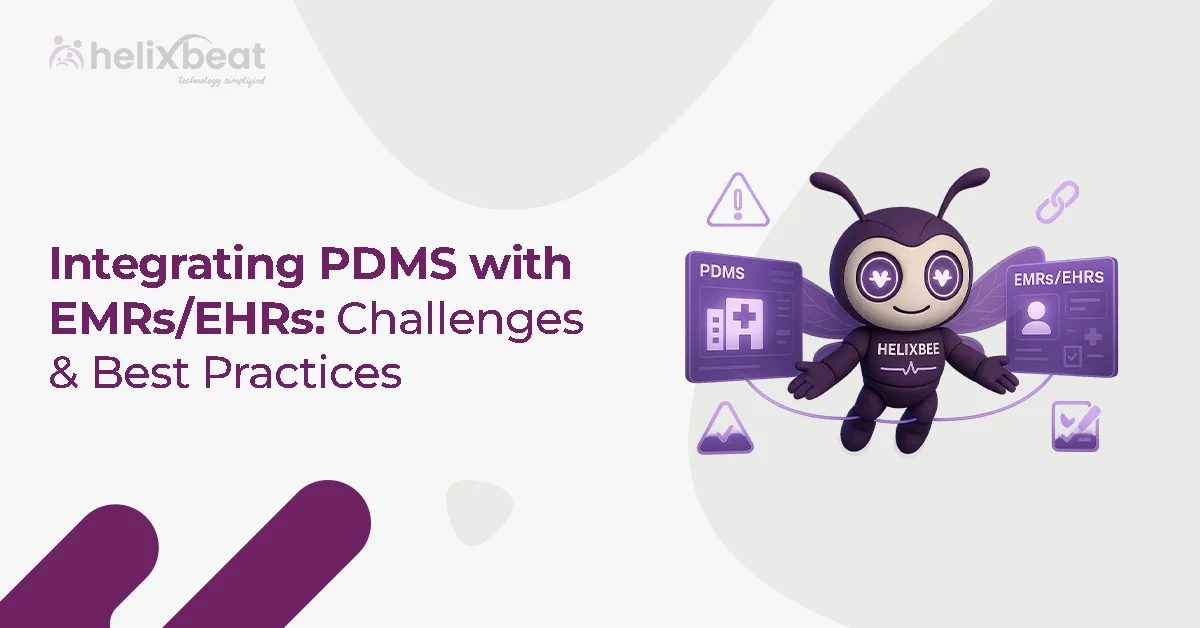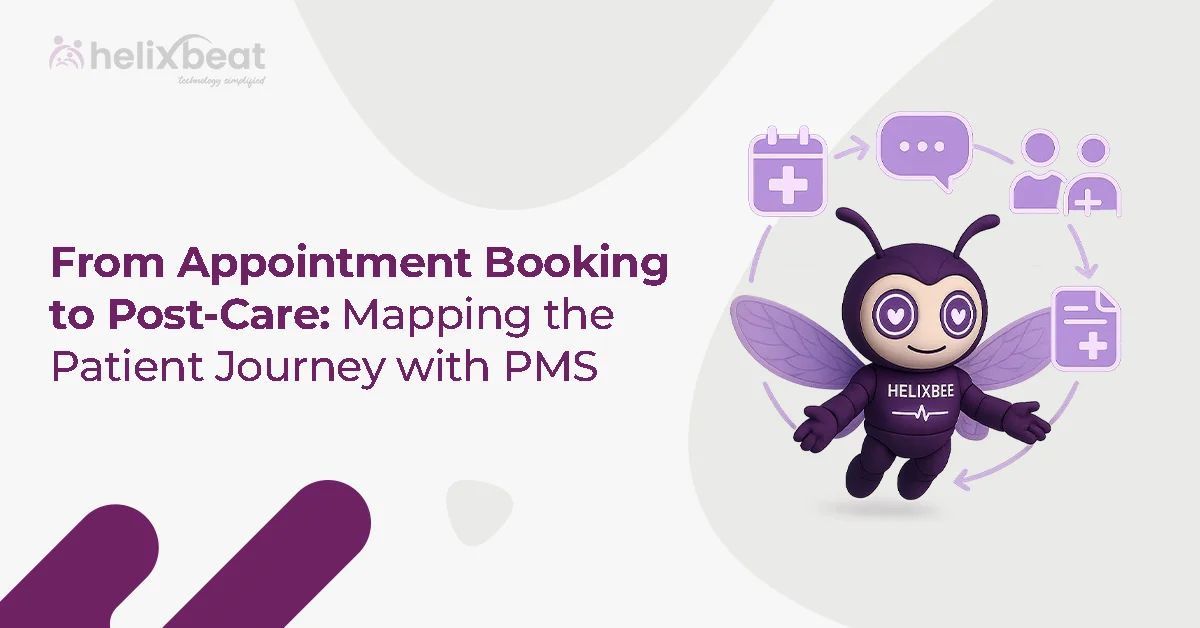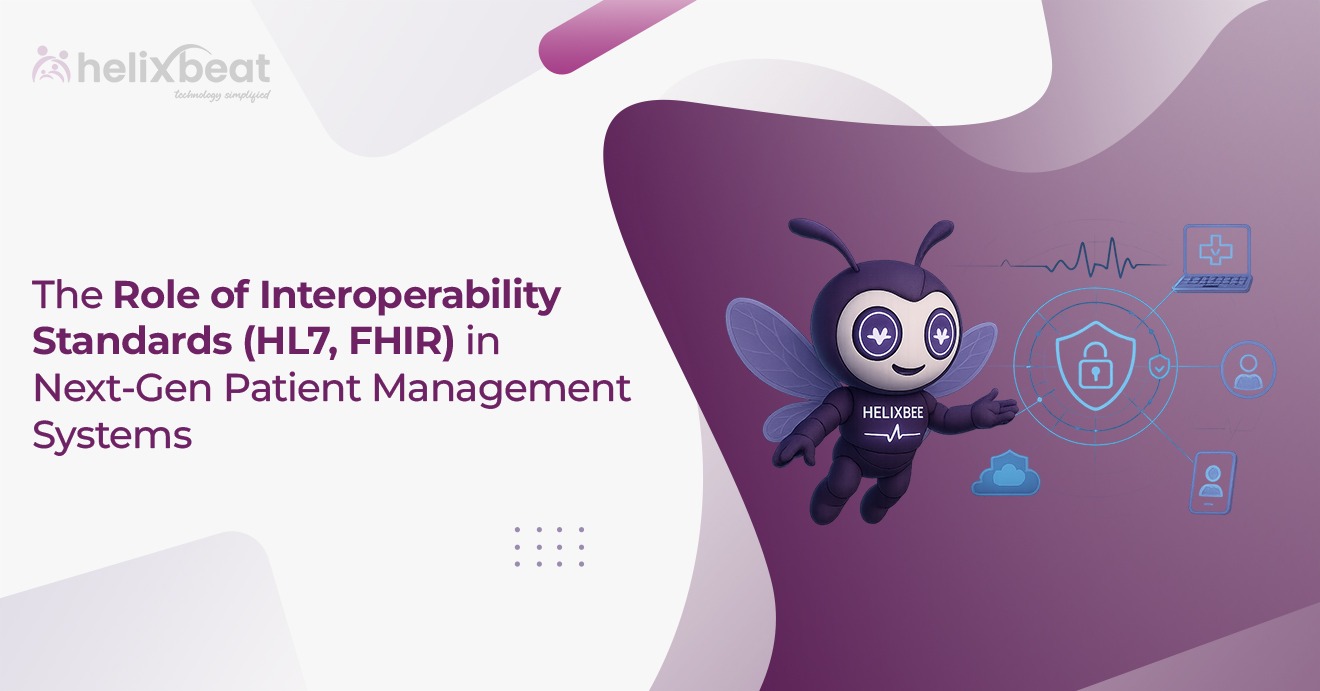Table of Contents
Introduction
If you’ve ever dealt with a medical bill, you know how confusing and frustrating the process can be. Now, imagine the headache for healthcare providers who have to manage thousands of these payments—navigating insurance policies, chasing down reimbursements, and handling endless paperwork. It’s a financial nightmare, and worst of all, it takes time and resources away from what truly matters—patient care.
Revenue leakage is a massive issue in the healthcare industry. Billing errors, delayed payments, and insurance claim denials add up to billions of dollars lost each year. That’s where Paynova Medical billing software steps in. With smart automation, real-time claim tracking, and easy-to-use software for medical billing, Paynova Medical billing software helps healthcare providers get paid faster and more accurately—without the usual hassle.
In this blog, we’ll break down the biggest challenges in healthcare payments and show how Paynova Medical billing software is making life easier for providers and patients alike.
6 Ways Revenue Can Slip Away in Medical Practices—And How to Stop It
Medical practices are meant to focus on patient care, but revenue challenges often pull attention away from their primary mission. Every year, billions of dollars are lost due to denied claims, administrative inefficiencies, and unpaid patient balances. While some revenue loss is inevitable, most of it can be prevented. Understanding the common pitfalls can help practices take proactive measures to plug these financial leaks. Here are six key ways revenue slips away in medical practices—and what can be done about it.
1. Denied Claims
Denied claims are one of the biggest culprits of revenue loss in medical practices. Each denial requires additional administrative work, delaying payments and increasing costs. Here’s what commonly causes claim denials:
- Coding Errors: Mistakes in medical coding (ICD-10, CPT) can lead to claim rejections. For example, using an outdated diagnosis code for diabetes instead of the updated one can result in claim denial.
- Insurance Verification Errors: If a patient’s insurance coverage is not verified before a procedure, the claim may be denied due to lack of eligibility.
- Incorrect Patient Information: Something as simple as a misspelled name or wrong birthdate can result in claim rejection.
- Inadequate Documentation: Missing medical records, test results, or physician notes can cause insurance companies to reject claims for insufficient proof.
- Prior Authorization Issues: Some treatments and procedures require pre-approval from insurance providers. Failing to obtain authorization can lead to outright denial of payment.

Solution: Implement an automated verification and claim scrubbing system to catch errors before submission. Training staff on updated coding standards can also significantly reduce denials.
2. Non-Compliance
Insurance companies have strict rules about what qualifies for reimbursement. Falling out of compliance can cost medical practices significant revenue.
- Out-of-Network Provider Issues: If a provider is not in-network with a patient’s insurance, reimbursement rates may be drastically lower—or denied altogether.
- Medical Necessity Conflicts: Insurance companies may refuse to pay if they determine that a procedure or test was not medically necessary.
- Failing to Appeal Denied Claims: Many denied claims are reversible upon appeal, yet providers often fail to follow up, leaving money on the table.
- Overlooking Deadlines: Missing claim submission deadlines or appeal windows results in automatic loss of revenue.

Solution: Assign a compliance officer to ensure all claims align with payer guidelines. Establish a system for tracking and appealing denied claims efficiently.
3. Bad Debt
Patient balances are a significant source of revenue leakage. Many practices struggle with unpaid bills due to poor collection processes and lack of preventive measures.
- Ignoring Preventive Strategies: Identifying high-risk patient accounts early (e.g., those with a history of non-payment) can help practices take preemptive action.
- Unpaid Patient Balances: With rising healthcare costs, many patients delay or skip payments, leading to uncollected revenue.
- Poor Collection Processes: Lack of structured follow-ups and payment reminders result in outstanding balances.

Solution: Offer flexible payment plans, automate reminders, and introduce upfront cost estimates to improve patient payment compliance.
4. Inefficient Denial Management
Denied claims aren’t just a problem—they’re a growing one. Without a strong denial management strategy, practices face long payment delays and lost revenue.
- Delayed Appeals: The longer it takes to appeal a denied claim, the longer it takes to receive payment.
- Lack of Automated Claim Scrubbing: Many denials can be prevented by catching errors before submission.

Solution: Invest in denial management software that flags potential claim issues in real-time. Regularly review and analyze denied claims to identify patterns and correct recurring issues.
5. Unfavorable Payer Contracts
Not all contracts with insurance companies are beneficial for medical practices. Some agreements result in lower reimbursements and additional administrative burdens.
- Low Reimbursements: Some contracts pay below the market rate for services, cutting into profitability.
- Increased Prior-Auth Requirements: Some insurance providers require excessive pre-approvals, slowing down revenue cycles and increasing administrative work.

Solution: Regularly renegotiate contracts with payers to secure better reimbursement rates and reduce unnecessary prior-authorization requirements.
6. Patient Collection Issues
A significant portion of medical revenue comes directly from patients. If payment collection processes are unclear or ineffective, revenue quickly disappears.
- Confusing Billing Statements: Patients who don’t understand their medical bills are less likely to pay them on time.
- Poor Payment Follow-Ups: Lack of structured follow-ups results in unpaid balances and growing accounts receivable.

Solution: Simplify billing statements with clear breakdowns of charges, expected insurance coverage, and patient responsibility. Implement automated follow-up systems for outstanding balances and provide multiple payment options to increase compliance.
Impact of Revenue Leaks on Practice Efficiency
Revenue leaks create serious financial and operational challenges for healthcare providers:
- Cash Crunch — Cash flow issues can hinder essential expenses such as salaries, operational costs, or equipment upgrades.
- Increased Administrative Burden — Managing denied claims and appeals adds to administrative workload and time consumption.
- Long AR Days — Unaddressed denied claims prolong the accounts receivable cycle, obstructing cash flow.
- Growth Limitations — Financial constraints prevent practice growth and limit investments in technology or service expansion.
- Burnout — Excessive administrative workload leads to burnout among healthcare professionals.
- Lower Patient Satisfaction — Financial struggles can impact service quality and patient experience.
- Hindered Decision-Making — Financial instability may force cost-cutting measures, negatively affecting long-term growth and service quality.
How Medical Billing Software Addresses Revenue Leakages
Medical billing software is designed to enhance efficiency, accuracy, and revenue collection by automating key processes. Here’s how it helps:
1. Automating Billing and Claims Processing
Automated billing eliminates manual errors, ensures timely claim submissions, and minimizes lost revenue. It streamlines coding processes, reduces administrative burden, and allows healthcare providers to focus on patient care rather than paperwork.
2. Real-Time Insurance Verification
Software like Paynova integrates real-time insurance eligibility verification, preventing errors that lead to claim denials. This feature reduces the chances of services being provided without coverage, ensuring smooth revenue flow.
3. Ensuring Compliance with Regulations
By keeping up-to-date with HIPAA, ICD-10, and CPT coding guidelines, billing software ensures compliance and reduces claim rejections. Compliance tracking tools within Paynova ensure every claim meets industry standards before submission.
4. AI-Powered Claim Scrubbing
AI-driven claim scrubbing detects errors before submission, reducing denials and optimizing reimbursements. Automated detection of incorrect codes, missing information, and formatting issues helps prevent delays.
5. Expediting Reimbursements
Advanced billing software accelerates payments by ensuring error-free claims and faster submission processing. Automated workflows and direct payer connections eliminate unnecessary delays.
6. Enhancing Patient Payment Experience
With features like online payment portals, automated reminders, and flexible payment plans, medical billing software improves patient payment compliance, leading to better cash flow.
7. Comprehensive Revenue Cycle Management (RCM)
An integrated RCM system ensures seamless financial transactions from patient registration to final payment collection, reducing lost revenue and administrative inefficiencies.

How Paynova Prevents Revenue Leakage
Paynova offers a dedicated payment gateway system designed to address these inefficiencies, ensuring seamless transactions, faster reimbursements, and improved financial health for healthcare providers.
- Centralized Payment Processing
Paynova healthcare providers billing systems consolidates all payment sources—insurance, government reimbursements, and patient self-pay—into a single system, reducing administrative burdens and simplifying financial reconciliation.
- Faster Payment Collections
With automated processing, Paynova medical billing software eliminates manual billing delays, ensuring timely transactions. It integrates with insurance networks to accelerate claim approvals and reduces waiting times for reimbursements.
- Insurance Preauthorization and Verification
Real-time verification of patient insurance coverage prevents claim denials before services are rendered. Paynova medical billing software ensures accurate patient eligibility checks, reducing billing errors.
- Enhanced Patient Payment Flexibility
Patients can pay using credit/debit cards, bank transfers, digital wallets, or set up recurring payment plans, reducing the likelihood of missed payments and financial strain on providers.
- HIPAA and PCI-DSS Compliance
Paynova medical billing software ensures data security and regulatory compliance, protecting sensitive patient financial data while reducing fraud risks.
- Automated Billing and Fraud Prevention
By integrating with Electronic Health Records (EHR) and Practice Management Systems (PMS), Paynova medical invoicing software reduces human errors, automates claims submission, and prevents fraudulent transactions.
- Real-Time Financial Reporting
Paynova medical invoicing software provides detailed financial analytics, helping healthcare providers billing systems track revenue streams, detect payment delays, and optimize financial planning.

With Paynova’s innovative solutions, healthcare providers billing systems become more efficient, reducing revenue leakage and ensuring a stable financial foundation.
A multi-specialty clinic faced a high rate of claim denials due to inaccurate coding and insurance verification errors. Using Paynova’s automated verification and coding solutions, the clinic reduced claim rejections by 40% within six months. The system flagged potential errors before submission, ensuring compliance and faster reimbursements. As a result, the clinic saw a 25% increase in revenue collections and improved operational efficiency.
Leaking Revenue Pipes? Not Anymore!
Revenue leakage in medical practices is often preventable. By addressing denied claims, ensuring compliance, managing bad debt, improving denial management, renegotiating payer contracts, and enhancing patient payment collection, practices can significantly reduce financial losses. Investing in technology, training staff, and adopting proactive strategies will help medical providers focus on what truly matters—delivering quality patient care while maintaining financial stability.
Leaking revenue pipes? Not anymore! With software for medical billing like Paynova, healthcare practices can streamline their payment processes, reduce claim denials, and improve overall financial health. Software for medical billing like Paynova makes it easier than ever to secure revenue, ensuring smooth cash flow and reducingadministrative burdens. Additionally, leveraging medical invoicing software ensures accurate, transparent, and timely billing, reducing payment delays. By adopting smart billing solutions, providers can focus on patient care without financial stress.
Frequently asked question
1. How can medical billing software improve revenue cycle management (RCM)?
Medical billing software streamlines the entire billing process by automating claims submission, reducing errors, and speeding up reimbursements. It also provides analytics to track revenue performance, helping healthcare providers optimize cash flow and minimize financial losses.
2. How does medical billing software help identify and reduce revenue leakage?
Billing software helps detect revenue leakage by:
- Tracking underpayments and denied claims.
- Automating charge capture to ensure all services are billed.
- Identifying coding errors and compliance issues before claim submission.
- Providing real-time reporting to spot revenue gaps early.
3. How is medical billing linked with the revenue cycle?
Medical billing is a key part of the revenue cycle, starting from patient registration to final payment collection. It ensures that providers receive timely reimbursements by processing claims efficiently, reducing denials, and managing payments accurately.
4. How do you stop revenue leakage in your healthcare practice?
To prevent revenue leakage, healthcare providers should:
- Implement medical billing software for accurate coding and charge capture.
- Regularly audit financial records to identify missed revenue opportunities.
- Train staff on billing compliance and best practices.
- Follow up on denied and unpaid claims promptly.
5. What are the most common reasons for healthcare claim denials?
The most frequent reasons for claim denials include:
- Incorrect or incomplete patient information.
- Coding errors or mismatched diagnosis codes.
- Lack of medical necessity documentation.
- Duplicate claims submission.
- Late filing beyond the insurance deadline.
6. How do claim denials impact revenue cycle management?
Denied claims cause delays in reimbursements, increase administrative workload, and lead to potential revenue losses. Unresolved denials can disrupt the financial stability of a healthcare practice.
7. How can I prevent claim denials to improve revenue cycle management?
To reduce claim denials:
- Verify patient insurance eligibility before appointments.
- Use billing software to check for coding errors.
- Submit claims on time and track their status.
- Train staff on insurance policies and claim submission guidelines.
- Implement a strong denial management strategy to correct and resubmit claims quickly.














